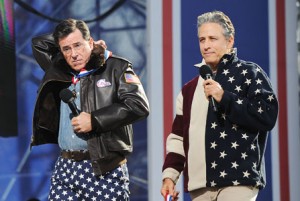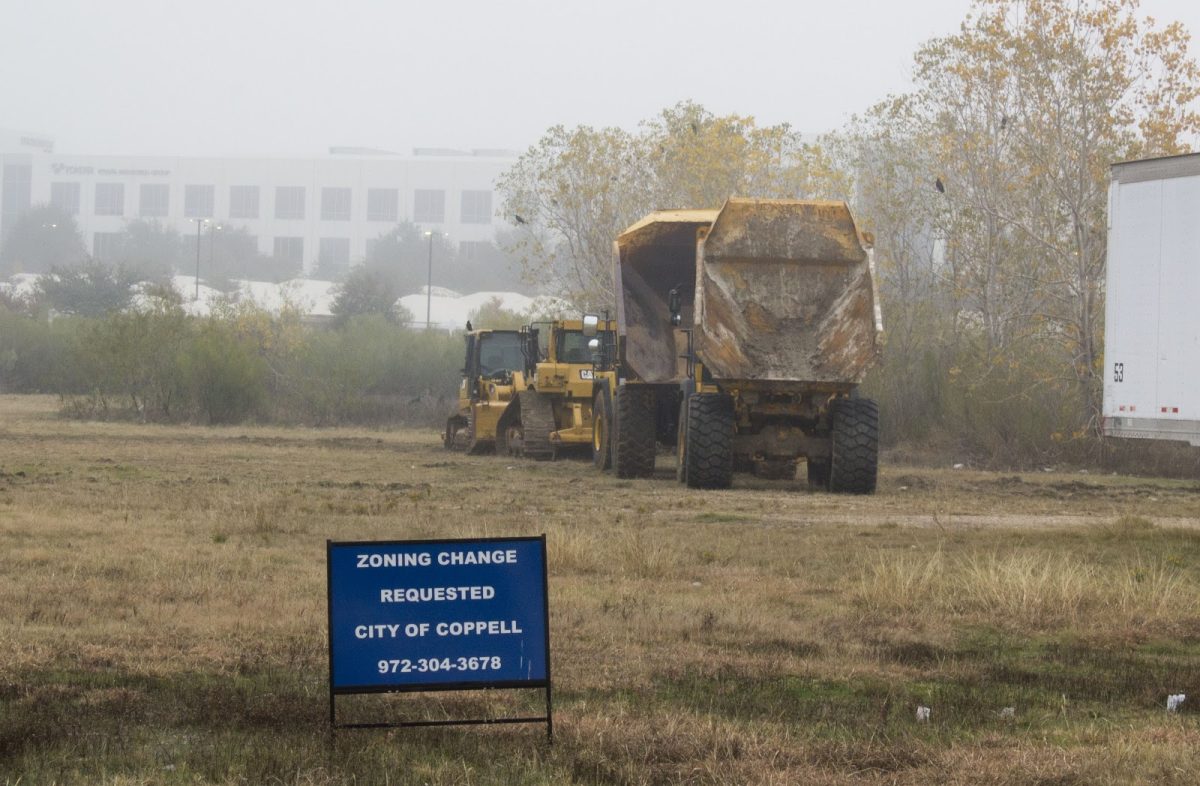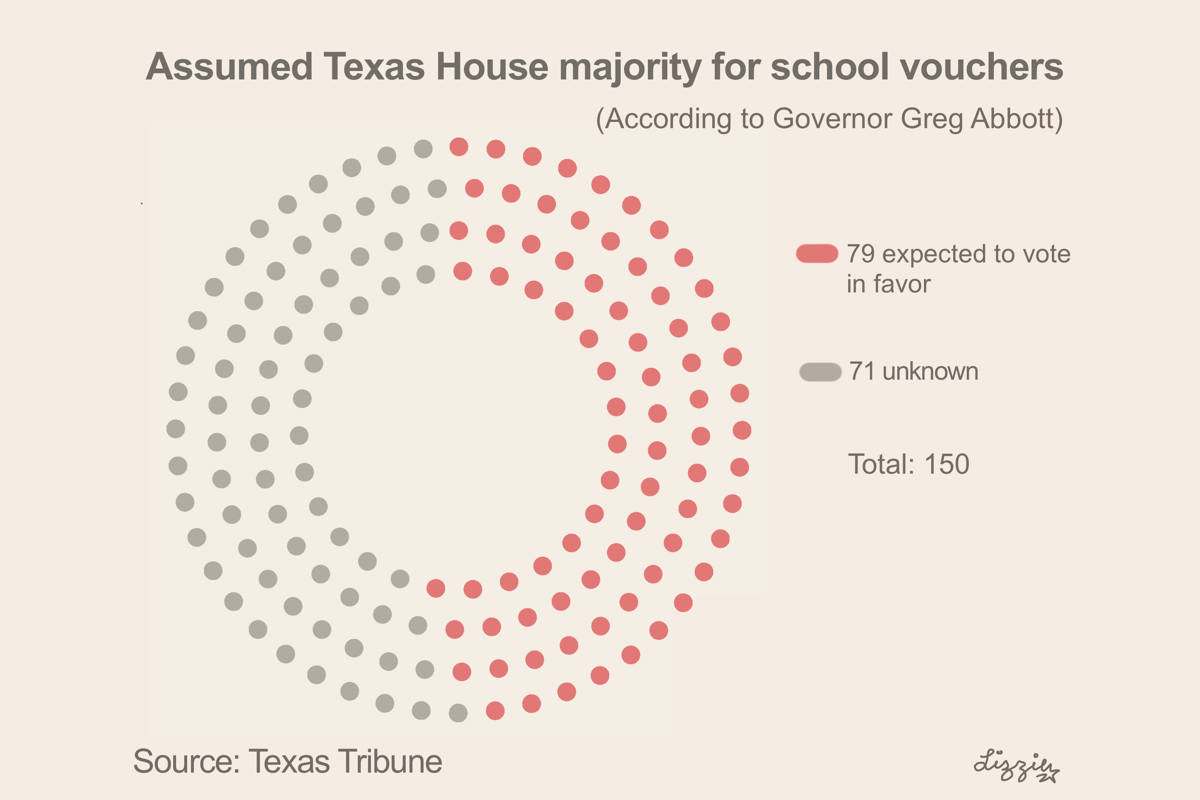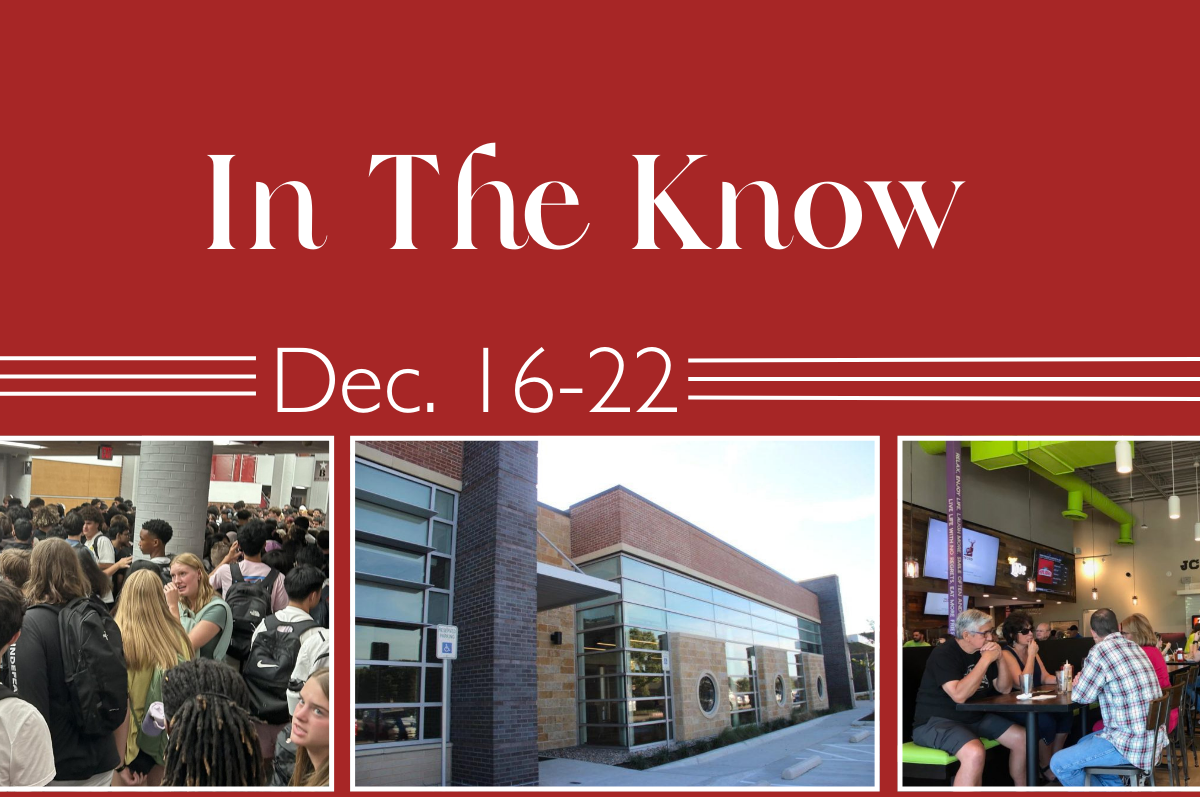By: Chris Cummins
Staff Writer 
To those without basic cable or a rudimentary basic knowledge of American culture, and for the rest who just don’t care enough to bother learning about either, Jon Stewart may be an unfamiliar name. To the rest of us, however, the political comic satirist is either a nuisance content to hide between the Comedy Central logo, or a hero using satire to illustrate what is ill gotten or inequitable in his America. Whatever one’s political leaning may lie, Mr. Stewart is an important figure in the entertainment world and in the political sphere, wielding significant power in his own right. Host of the highly rated late night talk show on television, “The Daily Show”, and someone who commands a large amount of power, political and otherwise, such that the President would feel it in his benefit to make a full length appearance, as he did on October 27th, Stewart sometimes holds more power than the public figures he so gleefully critiques. On October 31, Mr. Stewart deftly illustrated this influence by calling for a “Rally to Restore Sanity” on the Washington Mall, fresh on the heels of a Tea Party rally held there on Martin Luther King Jr. Day. Drawing a crowd of over 250,000, the “Million Moderate March”, as Stewart liked to call it, drew widespread media attention.
The timing of the rally, in almost close succession to the afore mentioned Tea Party rally, helmed by the likes of Sarah Palin and Glenn Beck, was chosen not only to illustrate the difference in tone to the respective rallies but also to provide a rebuttal to a news cycle filled with extremist politics, on both ends of the political spectrum. At the time, the political climate was both feverish and hysterical, filled with the angered demands of Tea Party groups and the even more enraged replies by their leftist counterparts. all of which were covered incessantly by the 24 hours new cycle. His satirical jabs at the rising temperature of the political climate and the increasingly desperate and angry demands of its citizenry, soon became something of a theme on his program, and increasingly longer periods of time were devoted to what is doubtless Stewart’s favorite part of the broadcast: his long and extended stares into the camera, in which he affects an expression of bemused incredulity and amusement at the foibles and antics of his fellow man.
While some would dismiss the rally out of hand merely because a comedian, even one so popular as Stewart, is the master of ceremonies, and would believe it to be a ratings stunt or an enormously expensive ironic jab by Stewart at himself, they would miss the point. Mr. Stewart was able to attract over 250,000 Americans to come to the Washington Mall, from all over America, on a Saturday, and without the quixotic promise of immediate change. Even the Tea Party rally, and the subsequent reactionary rally by liberal groups held a short time later, were all contingent upon anger or alarm or some other tawdry and well worn emotion to draw crowds. Mr. Stewart, however, was able to use moderation and reason, not as a political tactic to embrace the middle ground, but as a way to embrace normality and restraint; in our times, in which extremism has become normal, and the normal are eschewed in favor of those who bray the loudest, what could be more serious, nor funny?








